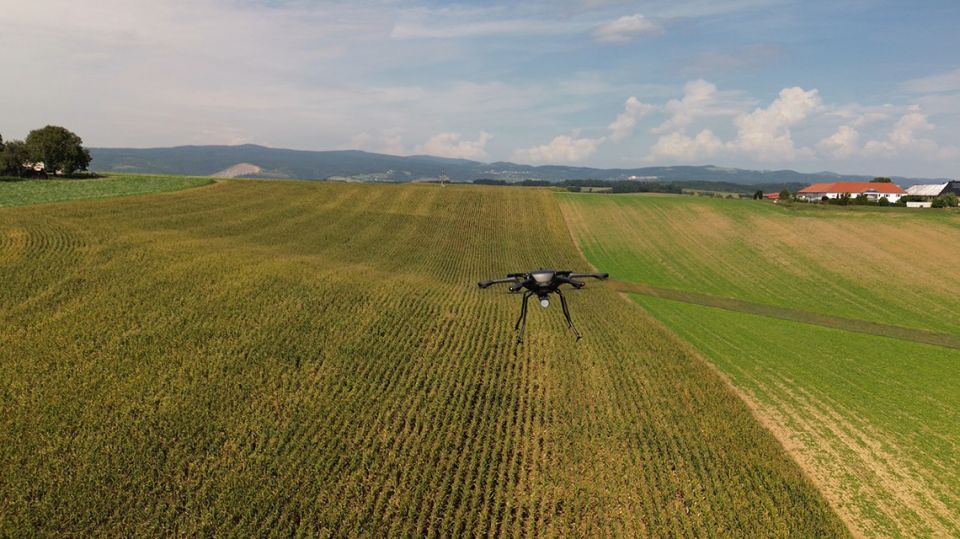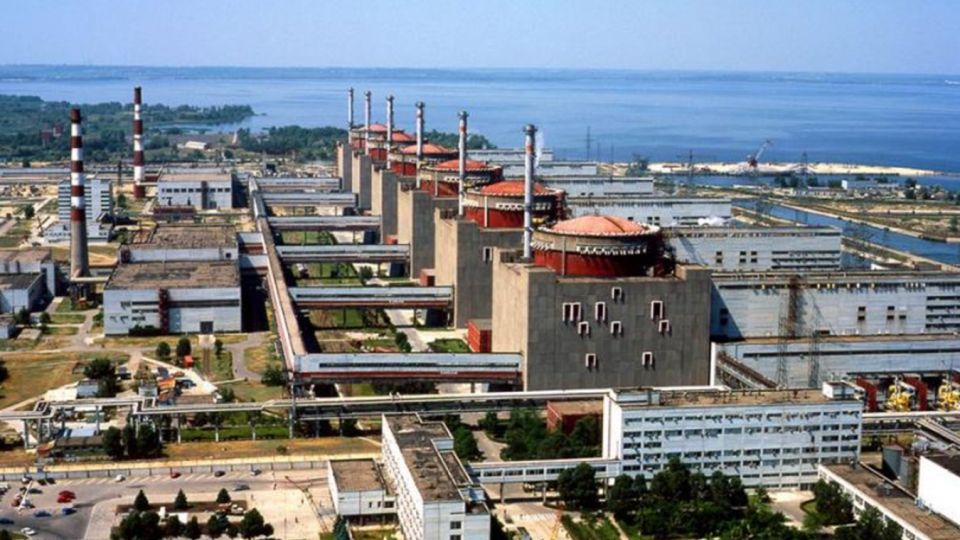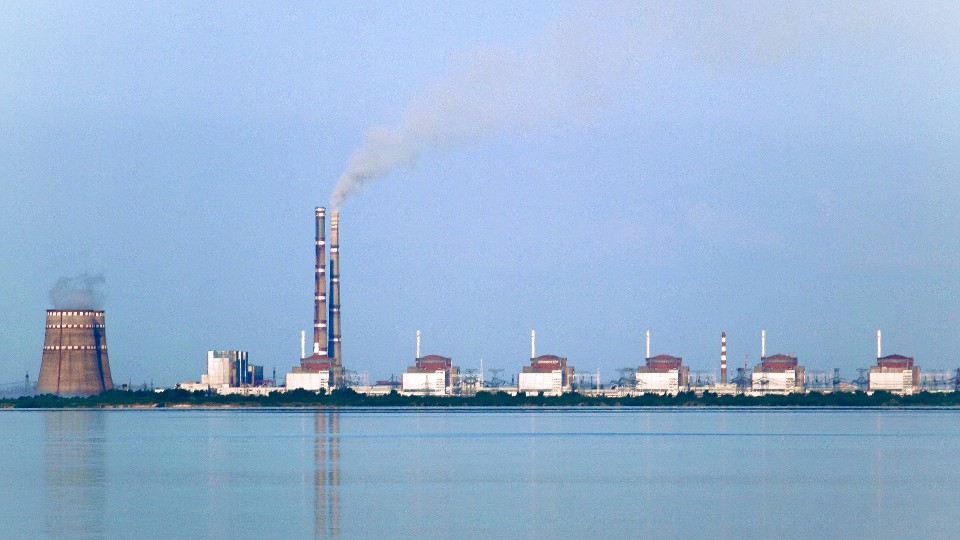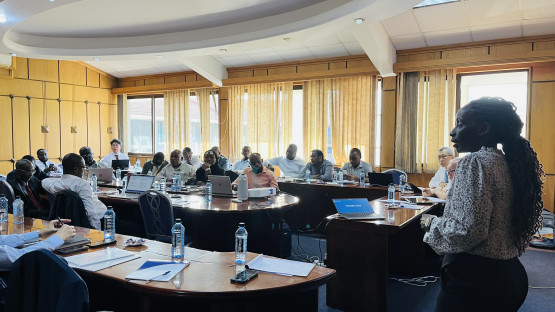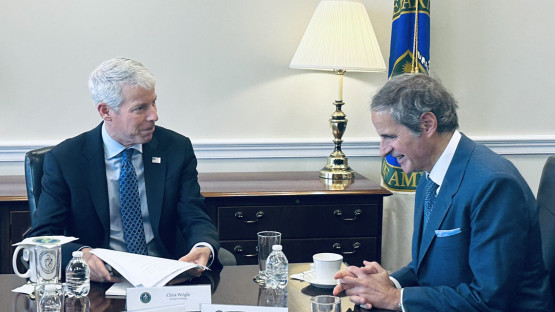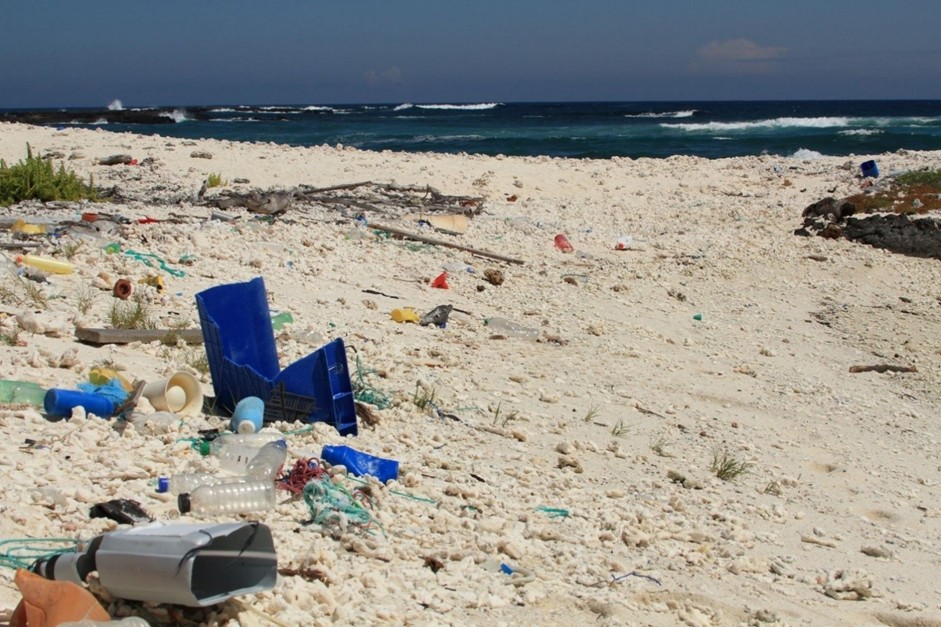IAEA lab techniques can expose olive oil tampering
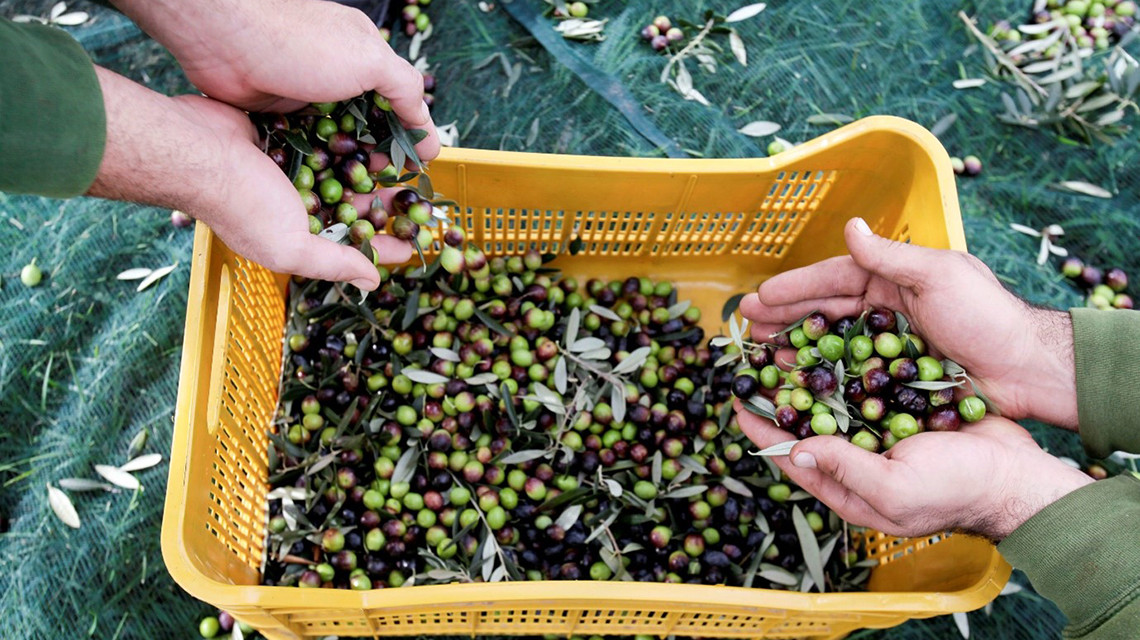
The International Atomic Energy Agency is developing multiple methods to rapidly screen and authenticate the origin of foods like extra virgin olive oil. With recent heat waves and droughts affecting olive oil yields in Europe—which produces 60 percent of all olive oils—the European Commission has a problem: a growing black market in fake virgin and extra virgin olive oils. According to a 2022 EC report, olive oil is one of the most mislabeled food products in Europe.



